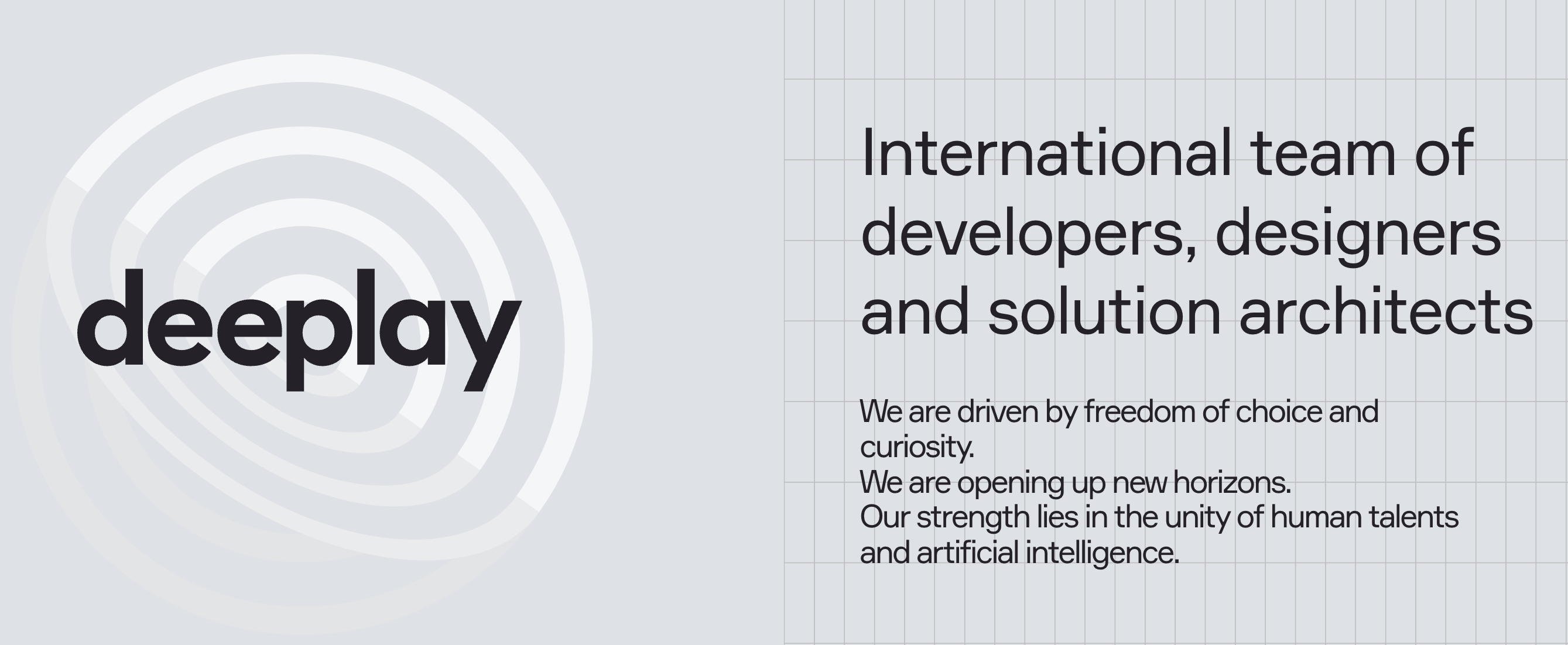A group of students from Omsk developed software that used artificial intelligence for analyzing and playing poker and changed the online poker industry.
The effectiveness of their program was so high that it started winning significant amounts of money from experienced players on such platforms as GGPoker and PokerStars. The students soon organized their company, known as BF Corp, and created a “bot farm” that provided access to their software to users around the world. In the early 2010s, the software was already running on many online poker sites, and at the peak of its success, it was generating more than $10 million a year for its creators.
History of creation
Omsk students began their experiments in the early 2010s, using game theory and accumulated data to train a bot capable of analyzing millions of game scenarios. The bot not only adapted to the style of opponents but also mimicked human behavior to bypass poker sites’ security systems. The program was also taught to analyze opponents’ action histories and bluff. To perfect its skills, it played more than a million games with itself.
One of those who helped the team develop their technology was professional poker player – Peter Vlasenko, who had won the PartyPoker St. Petersburg Open in 2006 and developed a mathematical method for estimating the odds of each hand. Vlasenko taught the team game theory and helped create software that could replicate his approach to analyzing the game.
In 2012 and 2013, the Omsk residents participated in the Neo Poker Lab tournament, where they competed against representatives from Carnegie Mellon University in Pittsburgh, USA, and the University of Alberta in Edmonton, Canada. In 2013, their Neo program won a head-to-head Limit Texas Hold’em contest.
The Neo bot was adapted to play other machines. It was built on pure game theory, a specialty at the students’ technical universities. Applied to poker, game theory helps computers overcome their main weakness: lying. Its formulas calculate precisely when and how often to bluff to maximize the chances of victory, while minimizing “tells”— play patterns that can help opponents guess what someone is holding.
In 2015, the online poker industry began to crack down on bots, and BF Corp taught the software to mimic the behavior of real players, including moving the cursor during play, holding text chat conversations, and even randomizing decision times to mimic a player’s natural indecision.
The developers also began to outsource the management of bot accounts to partners who paid for access to the software. The partners who operated the farms acted as independent franchisees. They typically rented office space and computers, hired employees to run the software, and found people who could be vetted through videos on the sites if they suspected bot use.
In 2018 BF Corp began selling its software as an app for computers and smartphones, letting users choose how to use the tool.
In 2020, they founded Deeplay, which became a provider of AI-based solutions for poker clubs and other corporate needs, while continuing to introduce bots to keep gaming tables active.
“We develop robot animators for card games like poker, bridge, mahjong, preference. Animators create action in the game platforms and attract more users” – information from the Deeplay website.

The developers continue to develop their software, which has already been adapted to analyze baseball, cricket, fantasy sports, and financial markets games. The company also offers bot protection to prevent third-party interference.
Impact on the online poker industry
The students from Siberia have not only made huge sums of money but have fundamentally changed the very structure of online poker through artificial intelligence, creating both new opportunities and threats to the industry.
In 2019, Morgan Stanley analysts warned that the development of such technologies threatened the entire online poker market, which at the time was valued at $3 billion.
Bots participated in games at different betting levels, which negatively affected regular players. But for poker platforms, it also ensured increased activity and the constant presence of opponents at the tables.
- More information on the topic is available here.













































